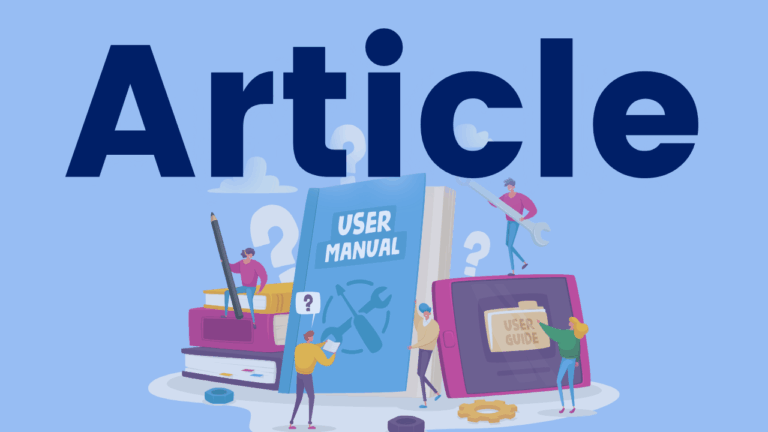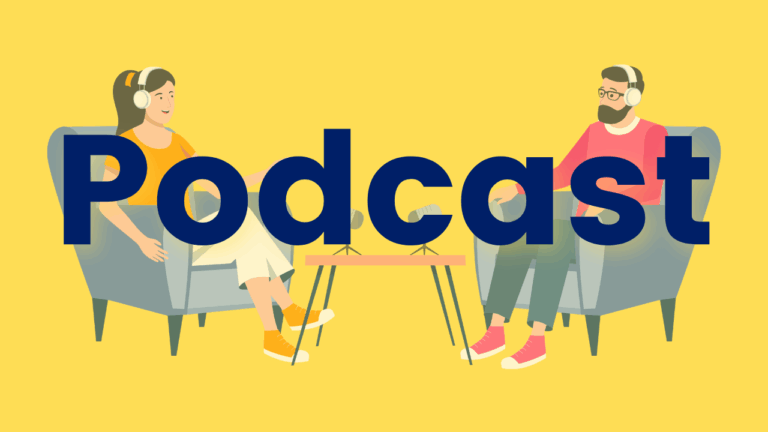Literacy Foundations for English Learners: A Comprehensive Guide to Evidence-Based Instruction
This title is a must-read for any educators working with multilingual learners (MLLs) of all ages, referred to in the book as English Learners (ELs). It affirms the necessity of a structured literacy approach for these students, while adding in the extra layers of support that may also be beneficial (e.g., comparing English and home…




